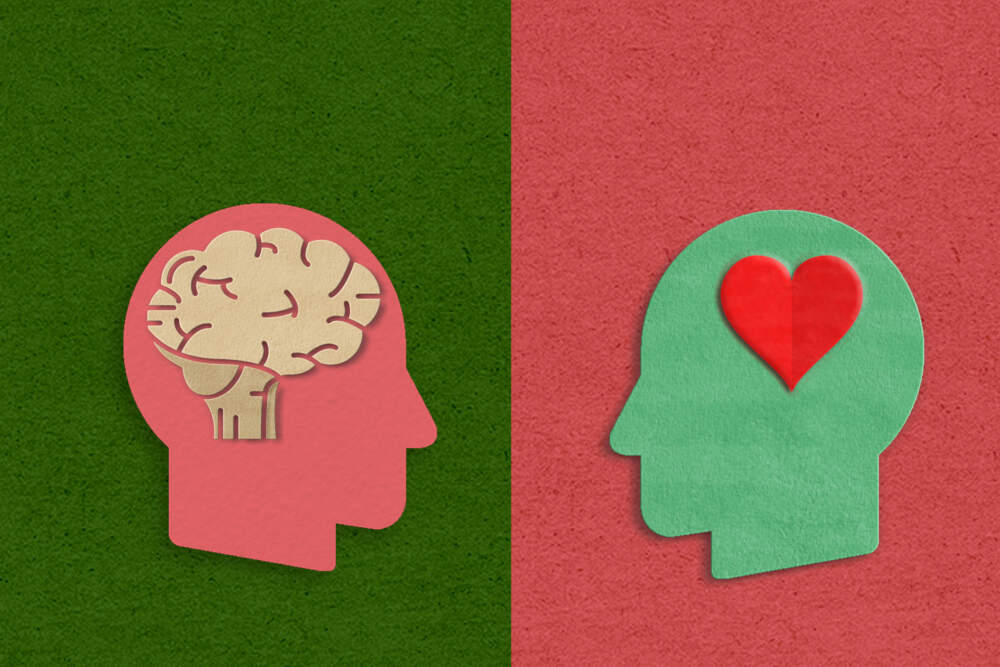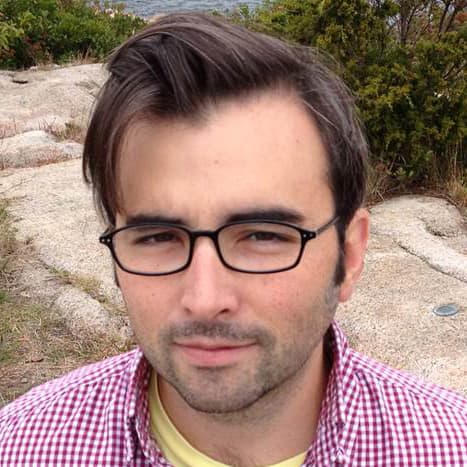Advertisement
Commentary
When we pay attention, empathy is everywhere

One day last spring, in my creative nonfiction class, a student read aloud from an incredibly moving essay she wrote about a recent experience she had while in the hospital. The workshop was rapt, in part because the writing was so good, but there was something else spreading through the small class.
I could see it on the other students’ faces as they listened. I could hear it in their responses when I asked the class to provide feedback. In the midst of comments about this or that line that they liked or a well-placed bit of dialogue, the other students began to share their stories of similar personal experiences. They opened up to one another. They were empathizing.
For the past seven years, I’ve been working on a book about journalists who use empathy to help their readers see those who they might not otherwise encounter: historically, women in asylums and prisons and the people behind sensational news headlines, and, in recent decades, families whose lives were marked by poverty and war. I noticed a trend, specifically within the subgenre called literary journalism — the kind of narrative news stories you might read in a magazine — of writers appealing to readers’ emotions.
I could see it on the other students’ faces as they listened.
Nineteenth century writers like Margaret Fuller, Catharine Williams and Nellie Bly, each among the first literary journalists, embodied what I came to realize was a sentimentalism beyond a style of writing — in their hands, it was an ethos. In my book, “How the News Feels,” I referred to this ethos as “empathic power,” and once I saw it in those early 19th century examples, I started to see it everywhere.
Collectively — at least, under the best circumstances — empathy was essential during the covid years. The act of wearing a mask required one to empathize — to think, I’m doing this for others, so they don’t get sick. The 2020 presidential election was a referendum on empathy: do you back the candidate who sees himself as the center of every story, or the one who has made a career out of feeling other people’s pain?
Likewise, in my own life, I noticed that the need for empathy was paramount. My students were struggling. Many of them had lost their senior year of high school, others lost some of the best years of college. They were in pain, and I needed to feel it. I referred to the fall 2020 semester as “The Semester of Yes,” as in, “Can I get an extension on this paper?” Yes! “Is it okay if I my younger brother sits with me during the Zoom call?” Yes!
And in my family, with my young children, “how would you feel if…” was already a part of my parenting vocabulary, but suddenly I began to see how many of the life lessons I was trying to impart to my young children were about feeling with others. The lessons stuck; just the other day, my 10-year-old daughter asked if she could give our dog another scoop of food; “I’m empathizing with Sarge,” she said.
So, empathy is everywhere, but, I wondered, am I more empathetic for having studied it? Can one become more (or less) empathetic, or is empathy like rhythm — you either have it or you don’t?
Even had I not been so deep in my project, I still would have noticed something special happening in my class that day.
Empathy is witnessing and feeling with other people, and, if done right, it should lead one to a moral action. Care ethicist Nel Noddings says empathy is “engrossment;” she writes, “I do not project; I receive the other into myself and I see and feel with the other.” It’s walking in someone else’s shoes, then asking yourself, how should this understanding change my behavior?
That’s what I saw that spring day in my Creative Nonfiction Workshop — engrossment. First, I saw a student read an empathetic work. It was about her experience in the hospital, primarily, but what was perhaps most moving is how she saw and empathized with the other patients she encountered. And that empathic power spread, like contagion, out from her work, in and among the students in the class. By the end, they were feeling with each other.
Even had I not been so deep in my project, I still would have noticed something special happening in my class that day. But, I think, having been engrossed in the work of empathic literary journalists, I was more attuned, more open to see and appreciate empathy at work. For seven years, I received the work of Fuller, Williams and Bly — not to mention more contemporary writers like Adrian Nicole Leblanc and Alexis Okeowo — into myself. And while I still don’t know if one can learn to be more or less empathetic, I now understand that one can be more attuned to it. Reading, listening and watching other people’s stories unfold — in life or in art — seems to heighten one’s empathic awareness.
There’s a lesson here, though I’m trying to avoid getting all didactic, about how, in our divided times, we should latch on to whatever we can to cut across the divides and bring people together. In the absence of a shared set of facts or civic engagement or local communities, maybe simply listening to other people’s stories and feeling with them could be a start. Life is not a creative writing class, of course, but if we’re paying attention, empathic power is everywhere.
So, in a way, maybe empathy is both like and unlike rhythm. Everybody has it, but we could always be more attuned to it, until — to paraphrase Elvis Presley — we have it all over.
Jonathan D. Fitzgerald's book, "How the News Feels: the Empathetic Power of Literary Journalism," was published by University of Massachusetts Press in July 2023.
